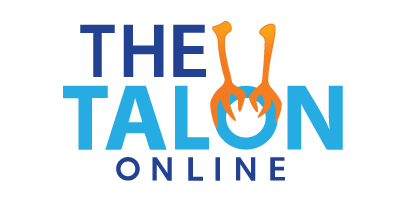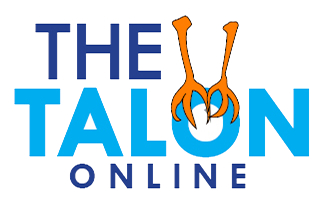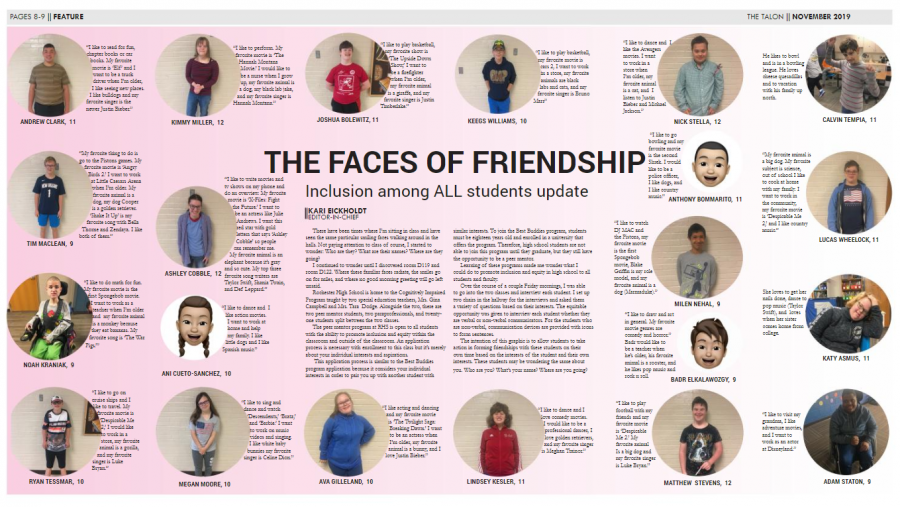The Faces of Friendship: Inclusion among ALL students update
January 7, 2020
There have been times where I’m sitting in class and have seen the same particular smiling faces walking around in the halls. Not paying attention to class of course, I started to wonder: Who are they? What are their names? Where are they going?
I continued to wonder until I discovered room D119 and room D122. Where these familiar faces radiate, the smiles go on for miles, and where no good morning greeting will go left unsaid.
Rochester High School is home to the Cognitively Impaired Program taught by two special education teachers, Mrs. Gina Campbell and Mrs. Tara Dodge. Alongside the two, there are two peer mentor students, two paraprofessionals, and twenty-one students split between the two classes.
The peer mentor program at RHS is open to all students with the ability to promote inclusion and equity within the classroom and outside of the classroom. An application process is necessary with enrollment to this class but it’s merely about your individual interests and aspirations.
This application process is similar to the Best Buddies program application because it considers your individual interests in order to pair you up with another student with similar interests. To join the Best Buddies program, students must be eighteen years old and enrolled in a university that offers the program. Therefore, high school students are not able to join this program until they graduate, but they still have the opportunity to be a peer mentor.
Learning of these programs made me wonder what I could do to promote inclusion and equity in high school to all students and faculty. Over the course of a couple Friday mornings, I was able to go into the two classes and interview each student. I set up two chairs in the hallway for the interviews and asked them a variety of questions based on their interests. The equitable opportunity was given to interview each student whether they are verbal or non-verbal communicators. For the students who are non-verbal, communication devices are provided with icons to form sentences.
The intention of this graphic is to allow students to take action in forming friendships with these students on their own time based on the interests of the student and their own interests. These students may be wondering the same about you. Who are you? What’s your name? Where are you going?





